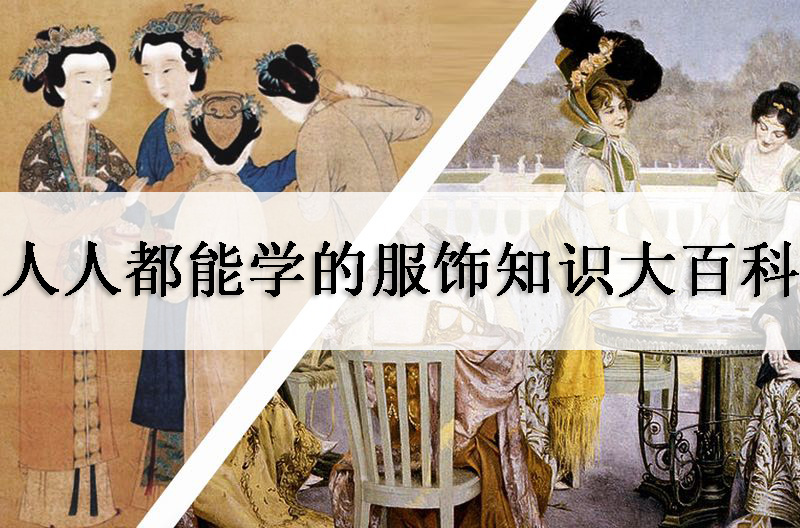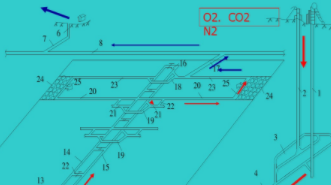
ACCA F2 管理会计课程:前往报名学习
管理会计的目的是为了组织创造价值和保值而收集、分析、传递和使用与决策相关的财务和非财务信息。ACCA 系列课程的F2 (Management accounting)介绍了为管理者执行计划、控制、决策提供信息支持的管理会计基础方法和技术。
开设学校:西安交通大学;学科:管理学、
管理会计的目的是为了组织创造价值和保值而收集、分析、传递和使用与决策相关的财务和非财务信息。ACCA 系列课程的F2 (Management accounting)介绍了为管理者执行计划、控制、决策提供信息支持的管理会计基础方法和技术。
-1.1 About paper F2
-1.2 Data and information
-1.3 Planning, control and decision-making
-1.4 Management accounting and financial accounting
-Disccusion 1
--Management accounting and Financial accounting
-Quiz 1--作业
-2.1 Sampling method-1
-2.2 Sampling method-2
-Discussion 2
--The effect of Information technology
-Quiz 2--作业
-3.1 Direct and indirect cost
-3.2 Cost classification based on function
-3.3 Cost classification for the preparation of statements
-Discussion 3
--Different cost concepts are used for different purposes
-Quiz 3--作业
-4.1 Cost classification based on cost behavior
-4.2 Analysing linear cost behavior: high-low method
-4.3 Some terms about cost accounting
-Discussion 4
--The classification of fixed and variable costs
-Quiz 4--作业
-5.1 Stock control
-5.2 Stock control levels
-5.3 EOQ model
-5.4 EOQ model and bulk discount
-5.5 EBQ model
-5.6 Pricing material issues-FIFO and LIFO
-5.7 Pricing material issues-weighted average method
-5.8 Stock control system
-Discussion 5
--The practical significance of the EOQ model
-Quiz 5--作业
-6.1 Measuring labour activity
-6.2 Time work and piecework scheme
-6.3 Bonus schemes-1
-6.4 Bonus schemes-2
-6.5 Labour turnover
-6.6 Accounting for labour costs
-Discussion 6
--The cost and benefit of labour turnover
-Quiz 6--作业
-7.1 Accounting for overhead
-7.2 Overhead allocation
-7.3 Overhead apportionment-stage 1
-7.4 Overhead apportionment-stage 2
-7.5 Overhead absorption
-7.6 Over-under absorbed overhead
-Discussion 7
--The fairness of overhead apportionment
-Quiz 7--作业
-8.1 Marginal costing and contribution
-8.2 Profit statement under AC and MC
-8.3 Reconciliation of profits under AC and MC
-Dissusion 8
--The arguments in favour of marginal costing and absorption costing
-Quiz 8--作业
-9.1 Costing methods
-9.2 Job costing
-9.3 Batch costing
-9.4 Service costing
-9.5 Example of service costing
-Discussion 9
--The features of the way applicable for specific order costing and process costing
-Quiz 9--作业
-10.1 Main areas of complexity in process costing
-10.2 Normal losses, abnormal losses and gains
-10.3 Scrap value of normal loss
-10.4 Scrap value of abnormal loss and abnormal gain
-10.5 Valuing closing WIP
-10.6 Valuing opening WIP- FIFO
-10.7 Valuing opening WIP- Weighted average cost method
-Discussion 10
--The rules for choosing the method of FIFO and the weighted average method
-Quiz 10--作业
-11.1 Joint products
-11.2 By-product
-Discussion 11
--The difference between joint products and by-products
-Quiz 11--作业
-12.1 Correlation
-12.2 Linear regression analysis
-12.3 Finding the trends of time series
-12.4 Finding the seasonal variations of time series - Additive model
-12.5 Finding the seasonal variations of time series - Multiplicative model
-12.6. Index numbers
-12.7 Index numbers and forecasting
-Discussion 12
--The reliability of regression analysis forecasts
-Quiz 12--作业
-13.1 Budgetary planning and control systems
-13.2 Fixed and flexible budget
-Dicussion 13
--Fixed budgets and performance evaluation
-Quiz 13--作业
-14.1 Steps in the preparation of a budget
-14.2 Functional budgets
-14.3 Cash budget
-Discussion 14
-Quiz 14--作业
-15.1 Dysfunctional behaviour in budget
-15.2 Budget set ways
-Discussion 15
-Quiz 15--作业
-16.1 Capital expenditure budget
-16.2 The time value of money
-16.3 Annuities
-16.4 The NPV (net present value) method
-16.5 The IRR (Internal rate of return) method
-16.6 The payback method
-Discussion 16
-Quiz 16--作业
-17.1 Standard costing
-17.2 Material cost variance
-17.3 Labour cost variance
-17.4 Variable production overhead variance
-17.5 Fixed production overhead variance-1
-17.6 Fixed production overhead variance-2
-Discussion 17
--The interdependence between cost variance
-Quiz 17--作业
-18.1 Sales variances
-18.2 Operating statements under absorption costing
-18.3 Operating statements under marginal costing
-Discussion 18
-Quiz 18--作业
-Final exam
欧佩玉,管理学博士,中国注册会计师。2003年2月-6月赴香港科技大学进修实证研究方法,2011年8月-2012年8月,美国天普大学福克斯商学院访问学者。自2001年开始承担ACCA课程F2的双语教学工作,教学经验丰富,教学效果显著,教学成绩优异。学生参加ACCA全球统考一次通过率均为95%以上,两名同学曾以满分获得全球第一。获得审计署干部培训中心ACCA优秀教师奖、ACCA中国优秀专业指导教师奖、ACCA相关教学成果奖8项(其中国家级二等奖1项、陕西省特等奖及一等奖共3项、西安交大一等奖及二等奖共4项)。主要研究领域集中在信息系统与管理会计变革,主持国家自然科学基金项目、教育部人文社科项目、中央高校基本业务科研费项目等,参加财政部重点科研项目。科研成果曾获得陕西省科技进步三等奖等五项奖励。





